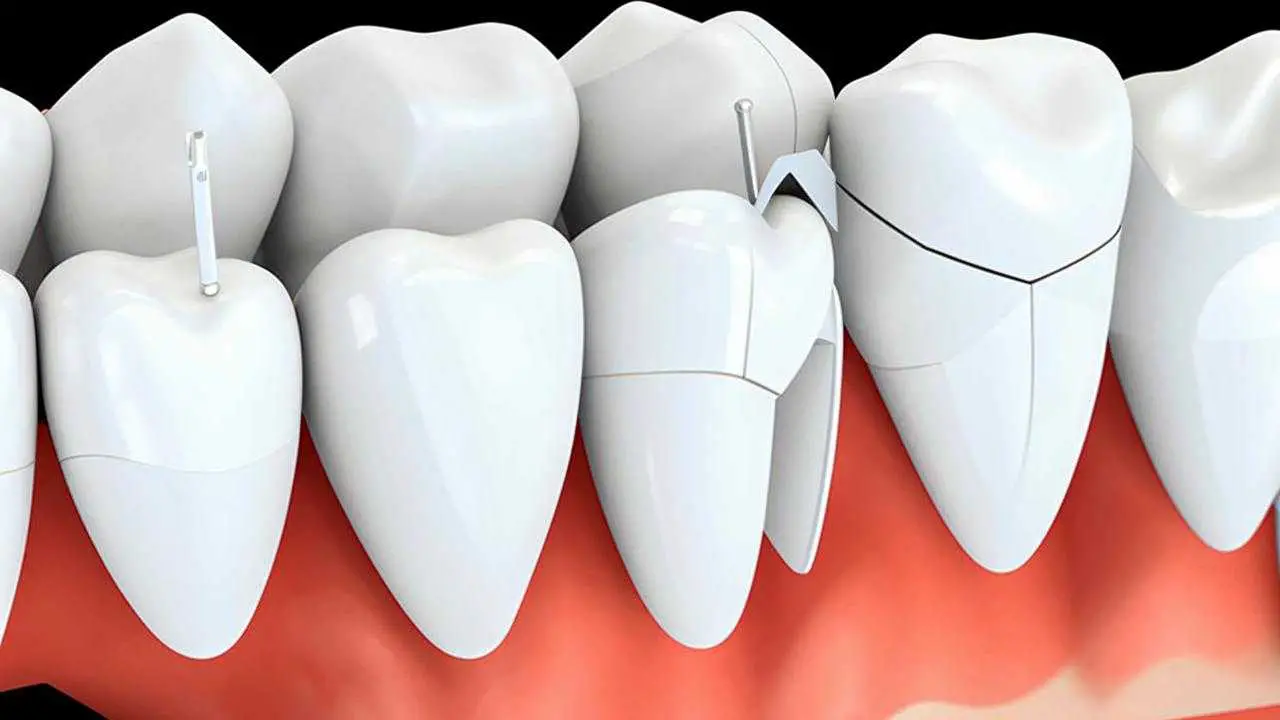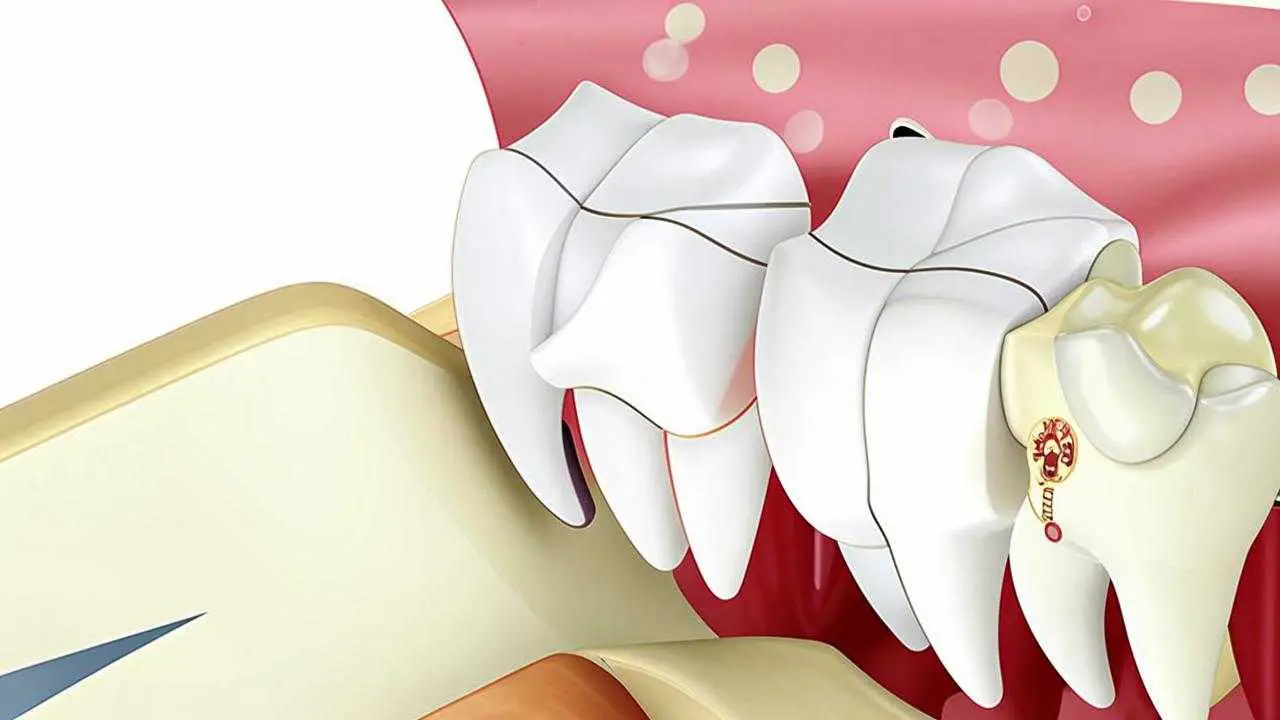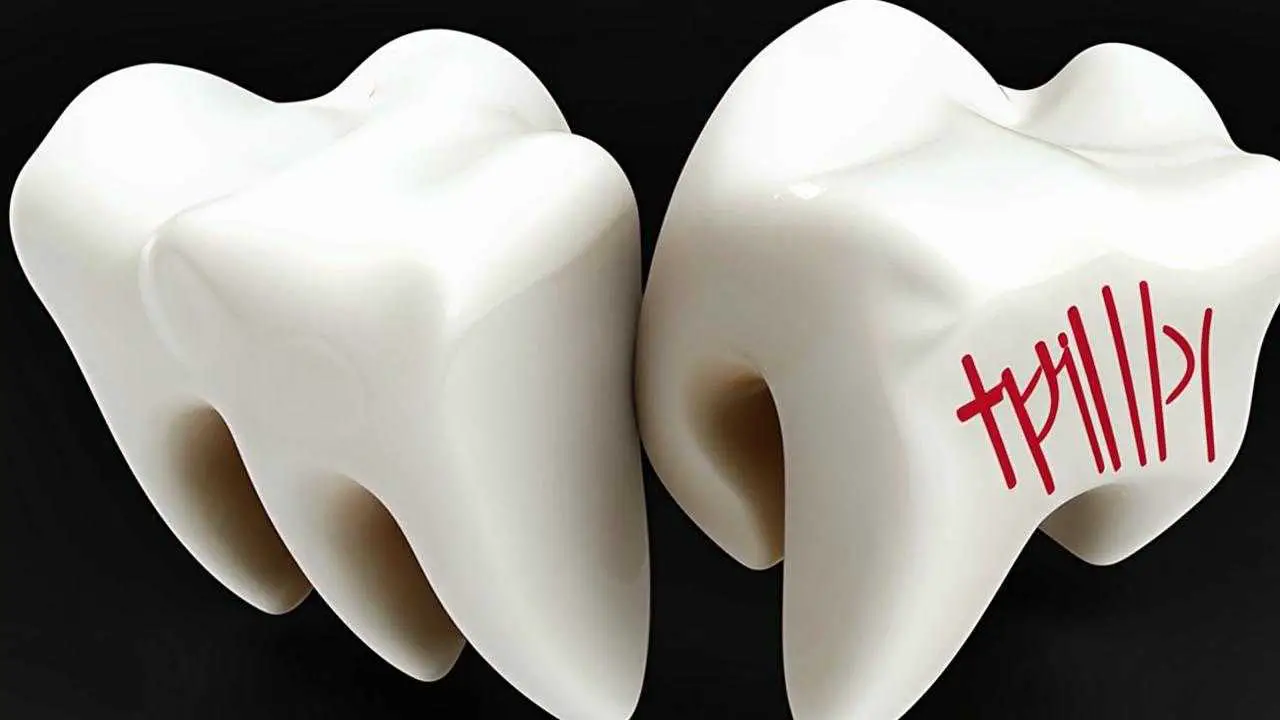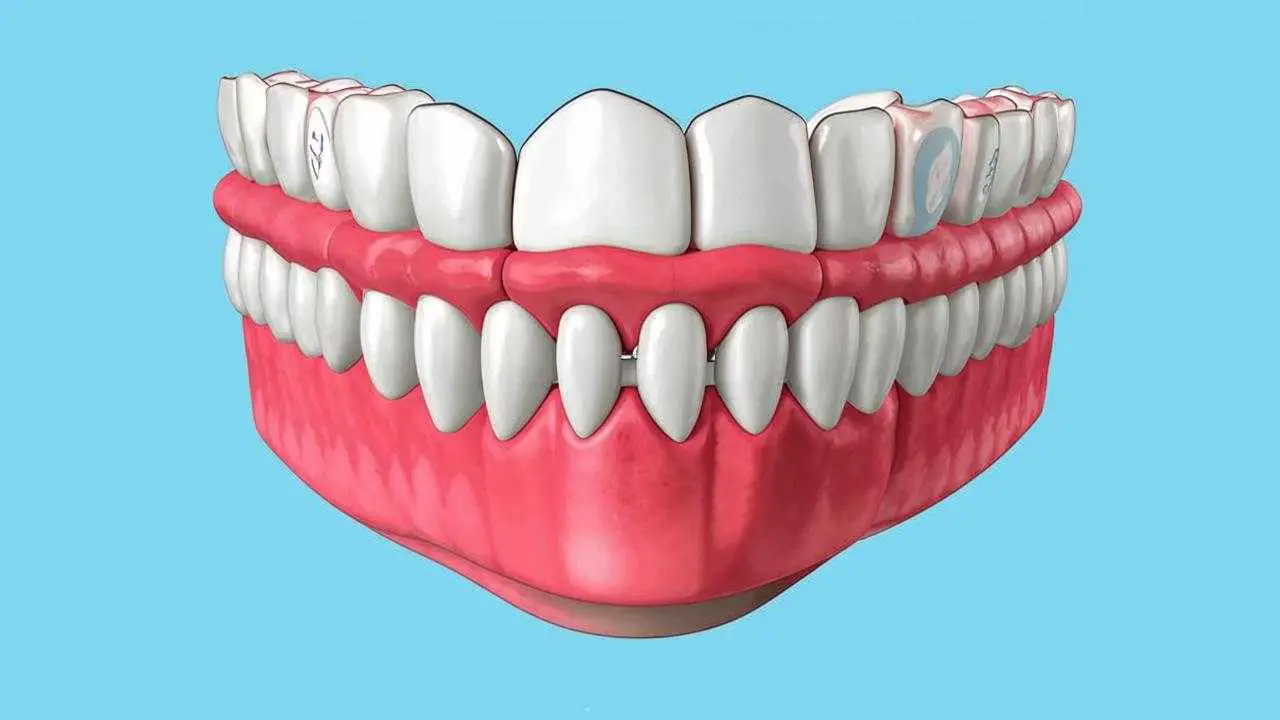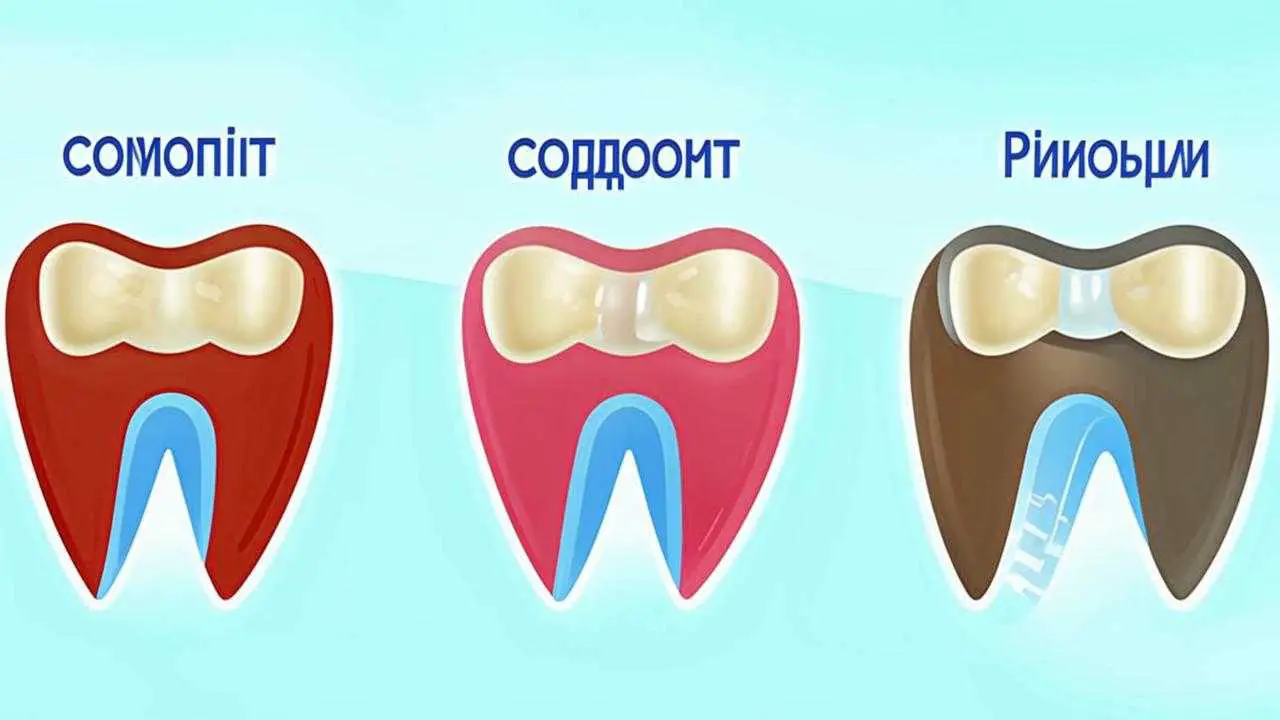Cracked teeth can be tiny and unnoticeable, or they can be glaring and cause a lot of discomfort. But even microcracks require attention. The fact is that the environment in the oral cavity is aggressive, there are constant chemical reactions, temperature changes, teeth are subjected to mechanical impact. Small cracks can turn into a major problem. Through enamel damage, pigments stain the dentin and the teeth acquire different shades, each one – its own. As the crack deepens, it can reach the dentin, provoking tooth hypersensitivity. And if the fracture deepens and touches the pulp, complications such as pulpitis, abscess and even tissue necrosis develop.
Classification
The American Association of Endodontists distinguishes the following groups of cracks[1]:
Superficial enamel lesions
Often discovered incidentally during regular visits to the dentist. Treatment has the most favorable prognosis. Some microcracks, such as those that occur after teeth whitening, disappear on their own. For others, simple dental procedures are performed: remineralization, treatment with fluoride varnish, or infiltration with composite. It is difficult to diagnose even cracks on the anterior teeth, this requires special manipulations: transillumination, staining, drying.
Chip on the cusp (protruding part) of the tooth
Such a crack is located deeper, penetrating into the dentin. The tooth begins to react to temperature, chemical, mechanical stimuli, touch. Hypersensitivity develops. Cracks can be single, paired or multiple. But the pulp (nerve) is not affected, so the treatment is quite simple. Direct restoration with composite materials is performed.
Cracked tooth
Usually runs down the middle, through the entire tooth, but does not involve the root. Often occurs under an old filling. If such a split passes near the gum, a periodontal pocket may form. It is important that the tooth is not divided, the crack ends at the base. Treatment is more complex, modern filling materials are used. In some cases – onlays. It is obligatory to treat the canals. If the crack is large, the best way to save the tooth is to put a crown on it.
Cracked tooth (split)
If a horizontal crack on a tooth goes under the gum, the tooth is said to be split. This is a complex problem characterized by exacerbations in the form of pulpitis (inflammation of the nerve-vascular bundle) and periodontitis (inflammation of the root). The best way out is extraction with one-stage implantation, if it is possible to save part of the tooth, then prosthetics are recommended.
Vertical root fracture
The most difficult case. The prognosis is unfavorable, since the crack is an entrance gate for microorganisms, purulent inflammatory processes can develop. It is incredibly difficult to save a tooth with a root crack. Extraction and implantation are recommended.
Why cracks appear on the enamel
There are several reasons for the appearance of chips and cracks. The most common of these are:
- Mechanical. The habit of gnawing pens and pencils, husking seeds, opening bottles with teeth lead to microtraumas, which grow to large ones.
- Chemicals. Sour, sweet foods, carbonated drinks, frequent whitening destroy tooth enamel.
- Temperature. Eating hot food washed down with ice-cold drinks is a direct route to enamel cracks.
- Physical. Abrasive toothpastes are best applied periodically, and then allow the enamel to “rest”.
- Traumatic. This can be a one-stage trauma, such as a fall from a bicycle, or regular microtraumas, as in sports.
- Age-related. As we age, teeth become more brittle and the repair mechanisms slow down.
Have small cracks appeared on your teeth? This is already an indication that you should reconsider your habits, make changes to your diet and definitely visit the dentist.
Symptoms, diagnosis and treatment
Rinsing with saline solution, using sage, chamomile and calendula infusions, chewing propolis do not eliminate the causes of cracks. Folk remedies can temporarily reduce hypersensitivity, but they are unable to prevent the development of inflammatory processes or cracking of the tooth. It is impossible to remove cracks on the teeth with home remedies. If it is a superficial change, they are usually not noticed, but if the crack is inside the tooth, to determine it, the tooth must be opened.
In the clinic, crack diagnosis requires careful preparation. Symptoms are similar to other diseases and can be differentiated only if you approach the diagnosis comprehensively. This includes medical history, visual inspection, bite test, application of dye pigments, and transillumination. X-rays will not show the fissure, but they show the inflammatory process, which will also help in making the diagnosis.
Symptoms
Small vertical cracks in the enamel of the teeth are characterized by hyperesthesia – increased sensitivity. It increases if there are chipped bumps. The crack on the tooth is determined visually, the tooth not only reacts to stimuli, there is a sharp pain when biting and chewing. Characteristically, the pain increases at the end of the bite. Pain is also the main symptom in complex fractures. Moreover, the tooth hurts not constantly, but in attacks and it is difficult to determine which one it is. Patients with a root crack may have purulent discharge, abscesses.
Treatment of a cracked tooth
Intervention depends on the size, location, and whether the crack extends beyond the gum line.
- Restoration with composite materials. This method only hides small cracks.
- Veneers. Dental onlays mask cracks and chips, giving your smile an attractive appearance.
- Crowns. They give the tooth stability, hide cracks, and close access to the tooth to pathogenic microbes. This is especially important if the tooth is a root tooth, because the load on it is many times more.
- Treatment of canals. Removal of the pulp may be the only way to save the tooth, if the longitudinal crack runs along the bottom of the pulp chamber or the nerve is highly inflamed. Such a tooth must be covered with a crown. Under the crown, the probability of inflammation is reduced, because bacteria have no access to the tooth.
- Extraction. When the root is cracked or the tooth is divided, it, or part of it, is removed. It is important to remember that after removal, bone atrophy begins, so implantation and prosthetics is better not to postpone.
- Lack of treatment. The presence of small cracks for people in age is a normal process. If they do not spoil the smile and do not cause trouble, there is no need for treatment.
How to treat cracks on the teeth, decides the doctor, based on diagnostic data, experience, anamnesis and clinical situation.
What to do to prevent the problem
If the tooth has cracked, there is only one way out – to treat. But it is desirable not to start the disease, because the consequences can lead to tooth loss.
Strong, healthy teeth have less chance of being covered with cracks. That’s why it is so important to:
- Regular hygiene procedures;
- flossing;
- visit the dentist twice a year;
- avoid hard foods, like candy, breadcrumbs;
- wear mouth guards when playing sports;
- avoid eating hot and cold foods at the same time;
- limit the use of whitening pastes.
A balanced diet, avoiding bad habits strengthens teeth and serves as an excellent prevention of cracks.
Sources:
[1]https://studylib.ru/doc/1801077/fraktury-zuba
